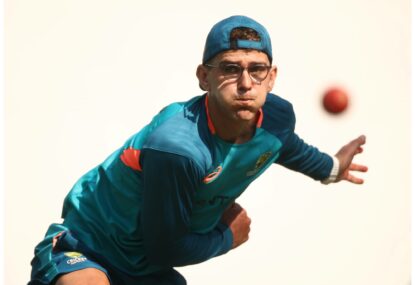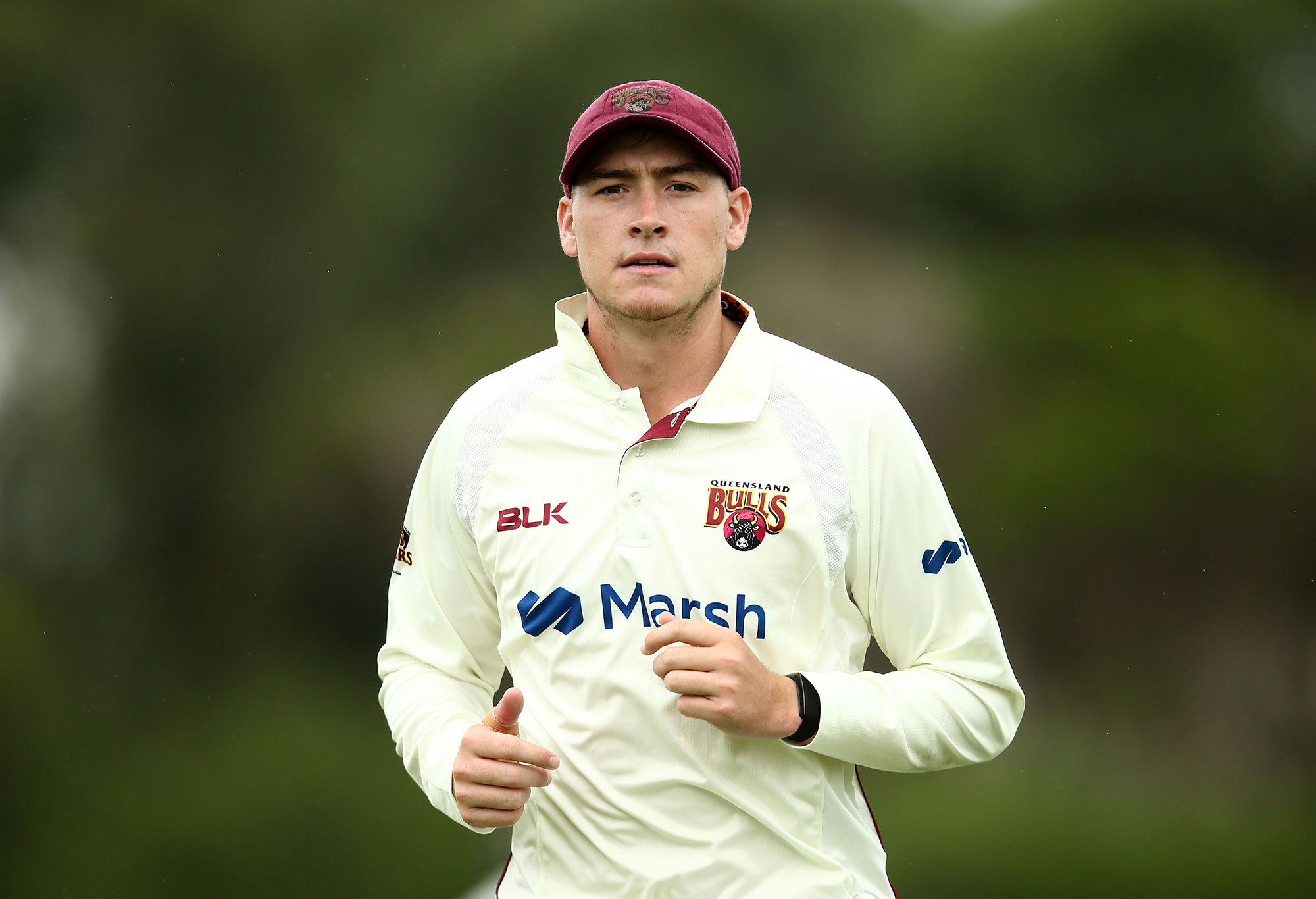MUST WATCH: JFM obliterates IPL bowling attack - even Bumrah! - for 15-ball 50... and keeps going
A six-laden, 27-ball 84 from Jake Fraser-McGurk to continue his outrageous debut IPL!

Australia’s first Test defeat in Nagpur was as telling in its structure as it was crushing in its magnitude.
Australia may have lost its remaining second innings wickets in the afternoon of the third day, but the damage had been well and truly done by that stage. Indeed, you could make a solid case that Australia were beaten before a ball had even been bowled.
Australia came into the game on the back of a preparation that left little opportunity for acclimatisation. They may have hoped that a scuffed wicket at North Sydney Oval could replicate the type of surface that would greet the teams in India, but the twenty-two-yard strip they faced would prove to be only a fraction of the challenge.
Cricket in India is unlike anywhere else in the world. The constant attack on the senses. the light, noise, heat, humidity and aroma, has in the past thrown touring teams off balance.
India is a place where, in 2013 in Hyderabad, Michael Clarke famously became the first captain in Test cricket history to declare his team’s first innings closed and then go on to lose the match. The following Test saw the Australians concentrate more on over rates than getting back into the contest on the third evening, with a side weakened by internal suspensions after ‘homework-gate’.
In the first Test of the following tour in Pune, a set Matthew Renshaw was so affected by the local conditions that his innings was interrupted when nature could simply not wait.

Matt Renshaw. (Photo by Jason McCawley/Getty Images)
This tour’s wobbles began with the side embroiled in concerns that the Nagpur wicket was prepared to favour the home spinners to an unfair degree, especially with a concentrated area left underprepared outside the left-handers off stump. In reality, the conditions in Nagpur favoured the slow bowlers no more or less than those in Perth assist the pacemen, but this was secondary, the psychological blow had been struck.
The doubt placed in Australia’s minds then manifested itself in the selection process. Australia left out the one batsman, Travis Head, best equipped to take the attack to the Indians and strike blows for Australia in return.
The Australian logic was that Head’s record against slow bowling in helpful conditions was not as solid as they would have wished, but it was interesting that his replacement, Peter Handscomb, was a right-hander selected in favour of the deposed leftie.
After winning a crucial toss and batting first, Australia lost a marginal leg-before decision against Usman Khawaja, and a comprehensively beaten David Warner in the first thirteen balls.
Warner must be a concern to the tourists. He appears slightly slow of reflex, being late on a Mohammad Shami delivery that swung nicely but not prodigiously. Many Australian’s will be hoping that this is not the beginning of the end of a brilliant career.
After Marnus Labuschagne and Steven Smith had righted the ship, the innings subsided with a speed seen in more than one recent touring team to India. The comprehensive nature in which the second half of the Australian batting order fell away will be what gives coach Andrew McDonald the greatest of headaches, let alone what happened in the second innings.
The traditional masters of mental disintegration saw the tables turned on them. Years of stewardship by such flint-hard generals as Sourav Ganguly, MS Dhoni and Virat Kohli has seen India learn their trade well, and their psychological mastery of their opponents is to be applauded.
Head must play in Delhi, and he must succeed if Australia are to seize back the initiative. He should be allowed, as much by himself as team management, the freedom to take the attack to an Indian line-up that, in Nagpur, not so much pinned Australia to the ropes as bent them back over them.
The other vital inclusion is Mitchell Starc, as much for his rapid left-arm deliveries as for the rough he will create outside the off stump of the right-hand centric Indians. This will assist a Nathan Lyon that looked unusually powerless on a wicket that offered him little deviation and even less bounce.
What is beyond question is that Australia needs to rediscover a portion of the hard edge and was seen in the Langer era if they are to stay alive in this Border-Gavaskar series.